From Mexico to Your Kitchen: The Spicy Magic of Guajillo Chili Paste (With Tasty Tips!)
Table of Contents
- Introduction: What Exactly Is Guajillo Chili Paste?
- A Little History Behind This Mexican Star
- Why You’ll Fall in Love with Guajillo Chili Paste
- How to Make Guajillo Chili Paste at Home — No Grandma Required!
- Spice Up Your Life: Top 5 Guajillo Paste Hacks
- Hot or Not? A Comparison Table of Popular Chile Pastes
- What Goes With Guajillo? Flavor Pairing Perfection
- Keep It Fresh: Storage Secrets for Long-Lasting Spice
- Conclusion: Why Guajillo Should Be on Every Spice Lover’s Shelf
Introduction: What Exactly Is Guajillo Chili Paste?
If you’ve ever taken a bite of something Mexican and thought, “Whoa, that’s not just spicy—it tastes like a party in my mouth!”—chances are, guajillo chili paste was the star of the show. But what exactly is this magical red paste that smells like sun-dried earth and tastes like a warm hug from the inside out?
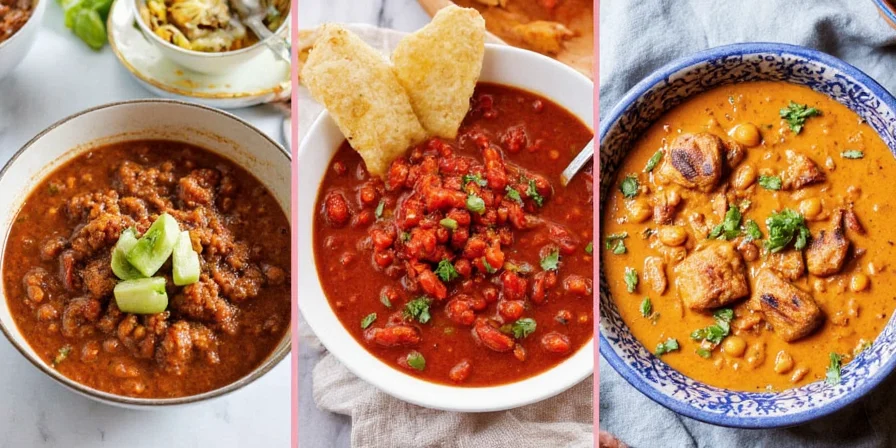
Guajillo chili paste is made by grinding dried guajillo chiles into a thick, aromatic paste. These deep red chiles are one of the most widely used peppers in Mexican cuisine and pack a medium-level heat (around 2,500–5,000 Scoville units). They’re often combined with spices, vinegar, garlic, and sometimes tomatoes to create a versatile paste used in salsas, marinades, soups, and stews.
A Little History Behind This Mexican Star
Let’s time-travel back to the heart of ancient Mexico, where the Aztecs were busy building pyramids and making some seriously good mole sauce. Guajillo chiles—known as chile güero back then—were already part of their spice cabinet long before “superfoods” were a thing.
The name “guajillo” comes from the Spanish word guaje, which refers to the plant Inga feuilleei, whose pods resemble the shape of the pepper. Whether that’s true or someone just had a poetic moment during lunch, we may never know. What we do know is that guajillos became a staple ingredient across regions like Oaxaca, Puebla, and Jalisco, where they helped define the bold flavors of mole, adobo, and enchilada sauces.
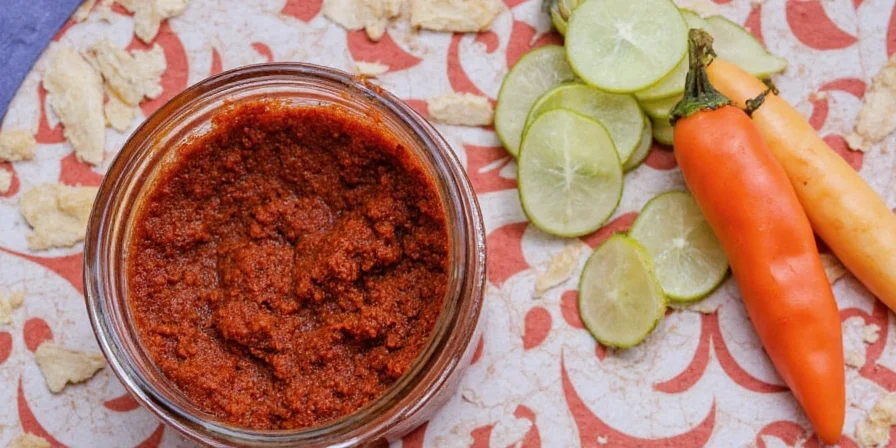
Why You’ll Fall in Love with Guajillo Chili Paste
You might be wondering why you should care about yet another chili paste when your pantry is already crowded. Well, here’s why:
- Flavor Bomb Alert: Think of it as umami wrapped in mild-to-medium heat with notes of cranberry and tea.
- Versatile AF: Use it in everything from tacos to pasta sauces (yes, really).
- Easy DIY Option: All you need is dried chiles, oil, vinegar, garlic, and spices.
- Cheap & Cheerful: One bag of dried guajillos can last you months once transformed into paste.
How to Make Guajillo Chili Paste at Home — No Grandma Required!
If you're ready to ditch store-bought versions and go full-on DIY, here's how to make your own homemade guajillo chili paste:
Ingredients:
- 10–12 dried guajillo chiles (stemmed and seeded)
- 4 cloves garlic
- 2 tbsp white vinegar
- 1 tbsp olive oil
- 1 tsp salt (or to taste)
- ½ tsp cumin (optional)
- ½ cup water (as needed)
Instructions:
- Toast the chiles in a dry skillet over medium heat for 2–3 minutes until fragrant but not burnt.
- Soak them in hot water for 20–30 minutes until soft.
- Drain and place in a blender with garlic, vinegar, oil, salt, and cumin.
- Puree until smooth, adding water as needed to reach your desired consistency.
- Taste and adjust seasoning!
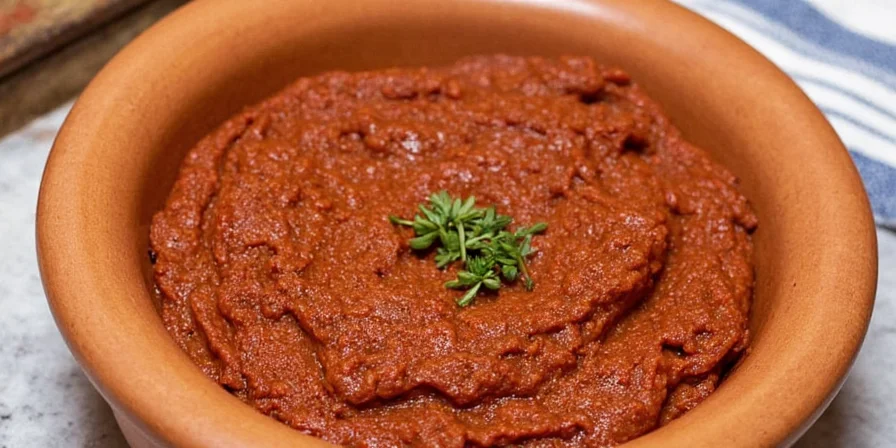
Spice Up Your Life: Top 5 Guajillo Paste Hacks
Here’s how to level up your guajillo game without burning down the kitchen:
- Smoky Twist: Add a pinch of smoked paprika to your paste for a deeper, more mysterious flavor.
- Sweet Dreams: Mix a little brown sugar or molasses into your paste for a sweet-spicy fusion.
- Oil vs. Vinegar: Want longer shelf life? Use more vinegar. Want richer texture? Go heavier on the oil.
- Freeze for Later: Spoon into ice cube trays and freeze—pop out cubes as needed for easy meal prep.
- Go Fusion: Use guajillo paste in ramen broth, pizza sauces, or even burger patties for global flair.
Hot or Not? A Comparison Table of Popular Chile Pastes
| Paste Type | Heat Level (SHU) | Flavor Notes | Best For |
|---|---|---|---|
| Guajillo | 2,500 – 5,000 | Berry, tea-like, smoky | Mole, marinades, enchiladas |
| Ancho | 1,000 – 2,000 | Sweet, raisin-like, earthy | Mild sauces, moles |
| Pasilla | 2,500 – 4,000 | Prune, licorice, rich | Dark moles, stews |
| Chipotle in Adobo | 5,000 – 10,000 | Smoky, barbecue, spicy | Meat rubs, BBQ sauces |
| Arbol | 15,000 – 30,000 | Nutty, grassy, sharp | Salsas, stir-fries |
What Goes With Guajillo? Flavor Pairing Perfection
Like a great sommelier pairs wine with food, you too can become a flavor pairing wizard. Here are some combos that will have your taste buds singing:
- Chocolate: Yup, mole negro anyone? The sweetness and bitterness play beautifully with guajillo’s earthiness.
- Tomatoes: Classic combo in salsas, sauces, and braises.
- Lime: Brightens up the richness of the paste and adds zing.
- Pork: Especially slow-roasted carnitas or pulled pork.
- Eggs: Stir some into scrambled eggs or drizzle over huevos rancheros.
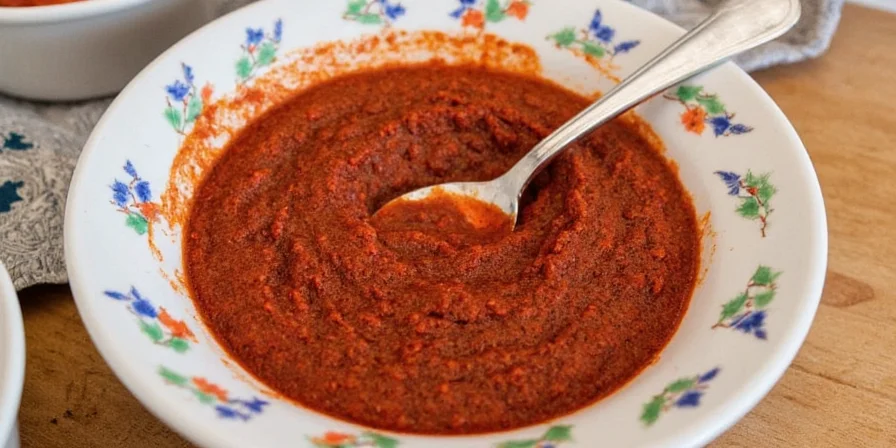
Keep It Fresh: Storage Secrets for Long-Lasting Spice
Once you’ve got a jar of this delicious paste, you’ll want to keep it around for as long as possible. Here’s how to do it right:
- Refrigerate: Store in an airtight container in the fridge for up to 2 weeks.
- Freeze: Portion into ice cube trays and keep frozen for up to 6 months.
- Oil Seal: Pour a thin layer of oil over the paste in a jar—this creates a natural barrier against bacteria and oxidation.
- Dry Out: If you’re feeling extra traditional, dehydrate the paste into powder form for years of shelf life.
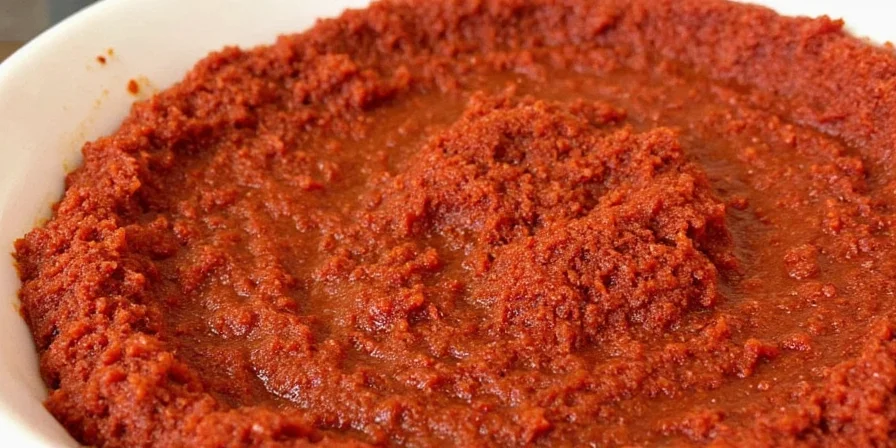
Conclusion: Why Guajillo Should Be on Every Spice Lover’s Shelf
Whether you’re a seasoned chef or a weekend taco warrior, guajillo chili paste deserves a permanent spot in your spice lineup. It brings depth, warmth, and a touch of history to every dish it graces. So go ahead—open that jar, take a sniff, and let the aroma transport you to a market stall in Oaxaca.
And remember: When life gives you bland meals, reach for the guajillo paste and turn up the flavor dial!

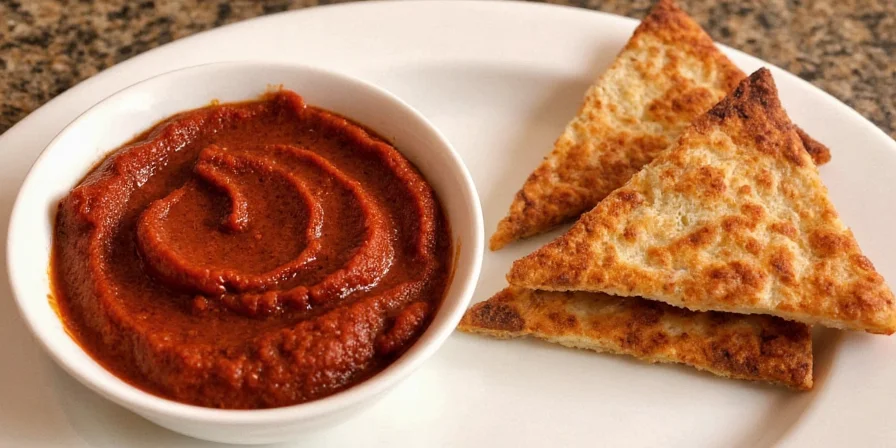









 浙公网安备
33010002000092号
浙公网安备
33010002000092号 浙B2-20120091-4
浙B2-20120091-4